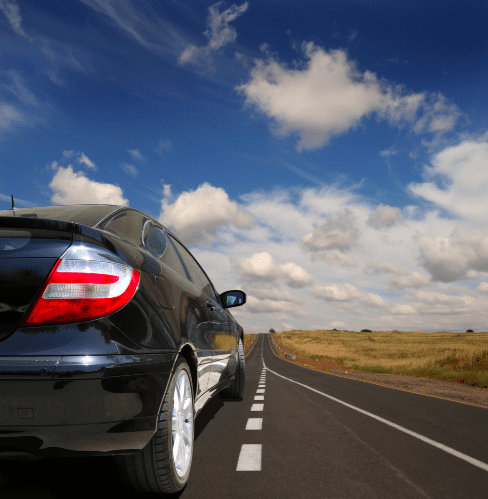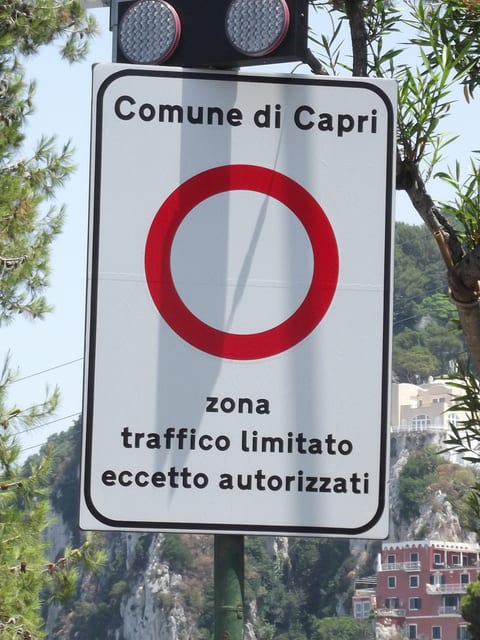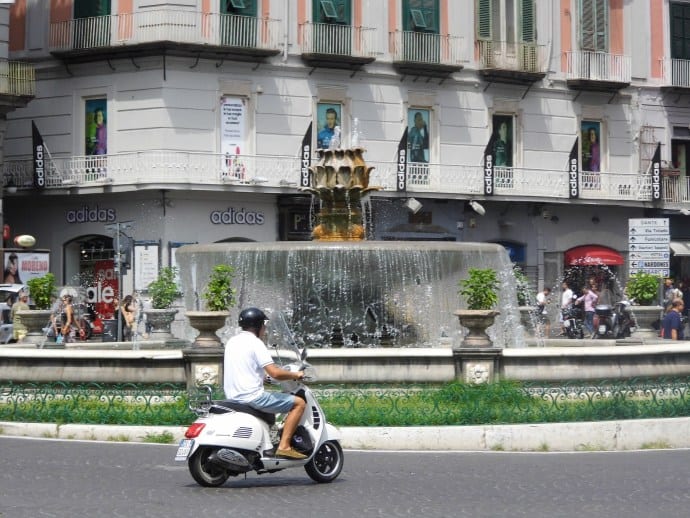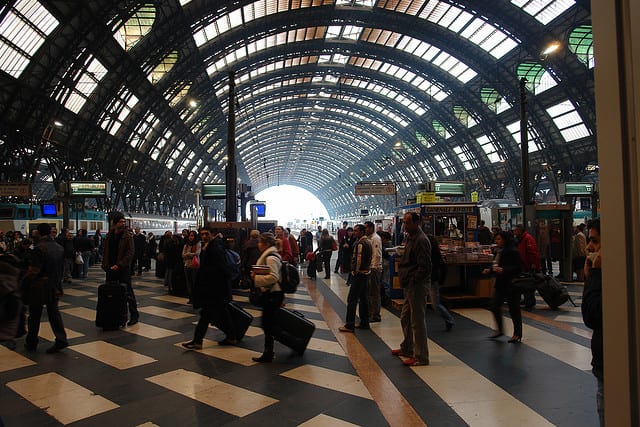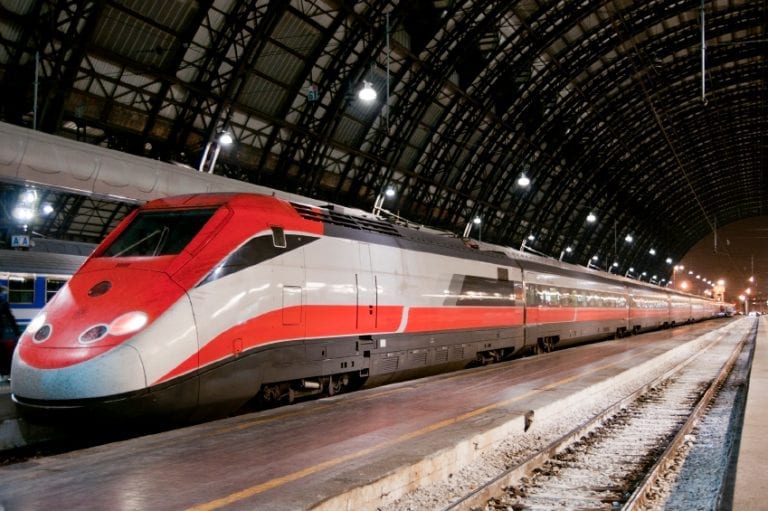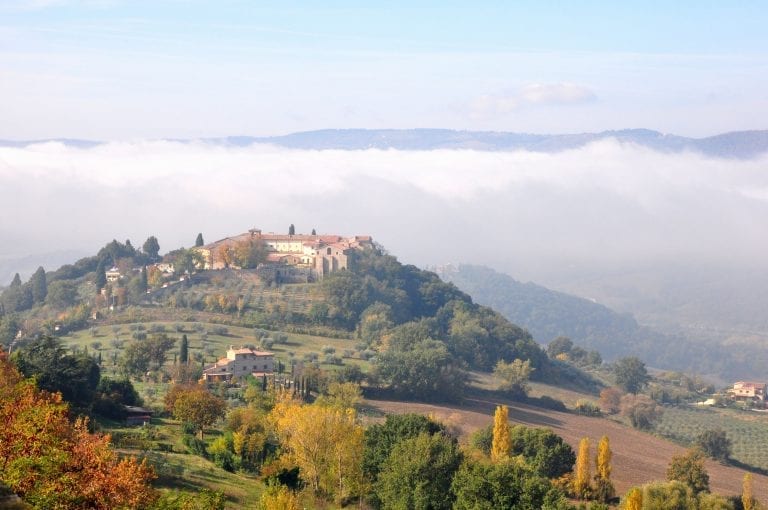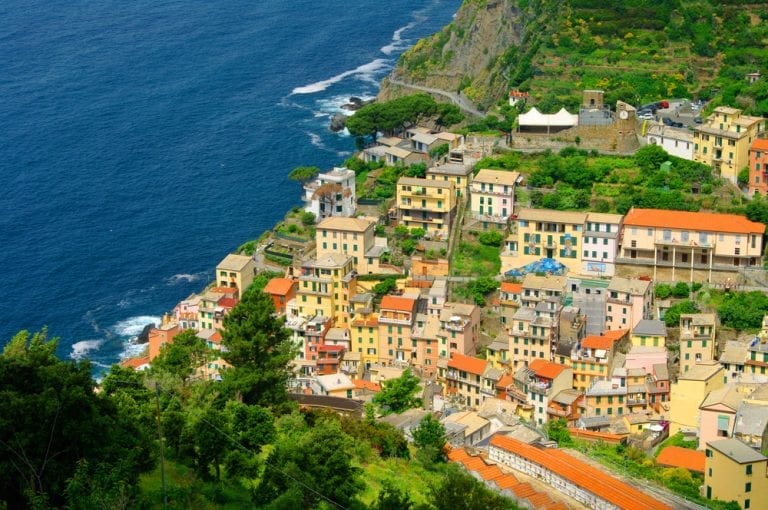
Want to drive in Italy? We get it: If you’re relying on Italian public transport, it can be tough to visit the off-the-beaten-path villages and rural areas that make Italy so special. Want to drive in Italy? We get it: If you’re relying on Italian public transport, it can be tough to visit the off-the-beaten-path villages and rural areas that make Italy so special. though it is possible, and easier than you might think explore areas like Umbria and Tuscany by train and bus (don’t miss our guides for getting around Umbria by train and bus or the navigating Cinque Terre by train), renting a car gives you more flexibility and freedom. Plus, depending on the number of people you’re traveling with, it can be the cheapest option.
Driving in Italy can be intimidating, especially given the fearsome reputation of Italian drivers. But if you follow these 6 tips you’ll be cruising Italian roads like a local in no time – just lay off the horn, please.
Table of Contents
Toggle01. What to know when renting a car
Yes, you can wait until getting Italy to rent a car. But you’ll get a better price, and more options, if you book before your trip; it’s often easiest online, although you can also book by phone. Most rental cars can be reserved online or by phone with major international chains or smaller companies.
Insurance may not be included with plans depending on the company, but it can always be added for an extra charge. Consider renting a car for a longer period for a more convenient rate (usually half the price of the daily rate) and factor the rising cost of gasoline into your budget!
02. Remember that automatic cars don’t come, well, automatically
Don’t drive a stick shift? You might be surprised to know that most Italians do—so the majority of cars in Italy are stick-shift (aka: manual), not automatic. That means automatics often have a limited availability, and usually cost more. (Another good reason to book in advance!).
Motorcycles and scooters are also available for rent, but we do not suggest them for long-distance trips, or in areas you are unfamiliar with. And never, ever try to learn to drive a scooter for the first time in a foreign city. You have been warned!
Read More: How to Travel Italy with Kids
03. Technically, you need an international driving permit
When you rent a car, you probably won’t be asked for it. But if you’re stopped? You might be. Or you might not. Really, there’s no knowing. But technically, you’re supposed to have it (along with your normal license) when you drive, and it’s easy to get; applications are open through the AAA website, and permits are valid for one year.
04. Have a good map—or better yet, a GPS
On the road in Italy, signs often won’t indicate north, south, east, or west; instead, they’ll use a city sign. So if you want to drive north from Rome, for example, you might look for a sign for “Firenze” or “Milano.” As you might expect, this can be incredibly confusing for anyone not intimately familiar with Italian geography (especially when you get to smaller roads, which often indicate their direction with smaller towns and villages!).
We recommend having a good map or, better yet, rent a GPS with your car (if it’s not already included), at the cost of about 10-15 euros a day. GPS systems are programmed in English as well as Italian, and can be a godsend for guiding you through winding roads and small streets.
Roundabouts, intersections, and exits off main roads often have signs indicating restaurants, hotels, and sights of interest… but you’ll have to be a quick reader to scan them all.
05. Know the rules of the Italian road
Italians drive on the right side of the road, just like Americans. That may seem basic, but you’d be surprised how many people don’t know.
Traffic lights and stop signs work the same as most other countries, but, like most of Europe, right turns during red lights are ALWAYS ILLEGAL.
Zona traffico limitato and zona pedonale indicate pedestrian streets that are not open to cars.
An inverted red and white triangle means that you do not have the right of way at the intersection.
While driving in Italy, some useful words to know include destra (right), sinistra (left), dritto (straight), uscita (exit) and pedaggio (toll).
06. Mind the speed limit, or get stung
All Italian roads – from city streets to highways—have speed limits, usually indicated by a white and red circle with the number (by kilometers, NOT MILES, per hour) written in the center.
Police officers usually do not patrol the roads; instead, cameras are set up to register a car’s speed, automatically issuing a ticket. And there are lots of them, especially on the highways!
If you’ve rented a car in Italy, the ticket will be sent to the agency and the cost automatically taken from your credit card—so no, you can’t get out of it just because you’ve left the country.
Keep an eye out for signs that show a police officer with a hand raised, or for orange autovelox boxes, which indicate speed traps and check points.
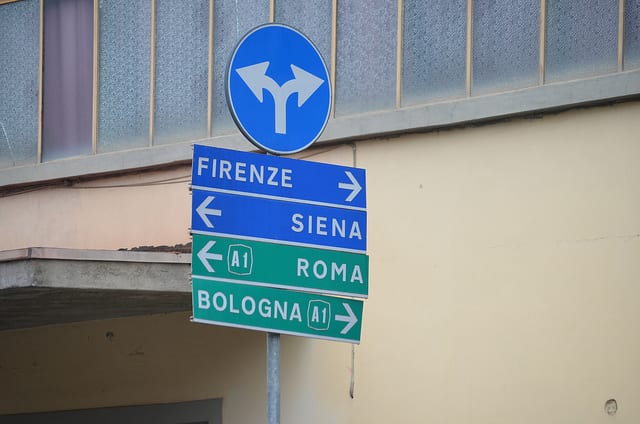
Street signs indicating which way you should go… according to the city located in that direction. Photo by David McSpadden
Read More: The Biggest Mistake People Make when Planning a Trip to Italy (and How to Avoid It)
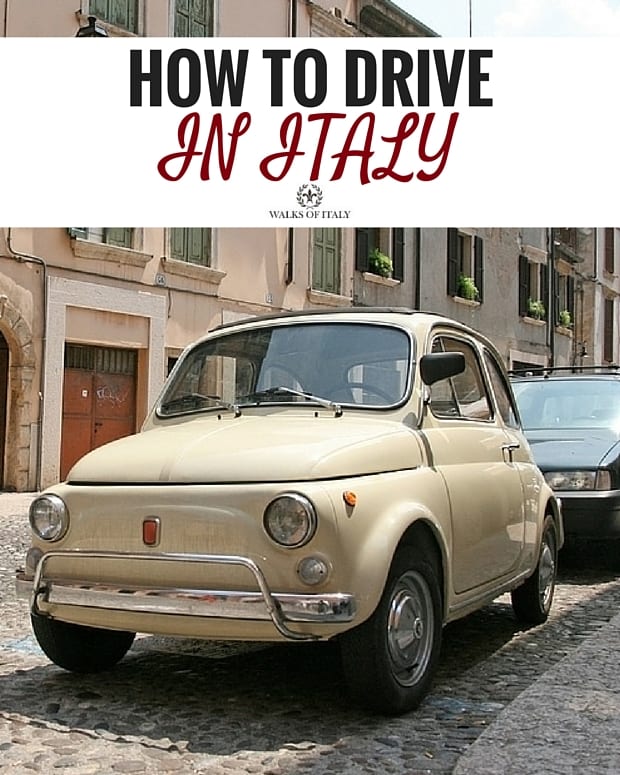
by Elena Ciprietti
View more by Elena Ciprietti ›Book a Tour

Pristine Sistine - The Chapel at its Best
€89
1794 reviews

Premium Colosseum Tour with Roman Forum Palatine Hill
€56
850 reviews

Pasta-Making Class: Cook, Dine Drink Wine with a Local Chef
€64
121 reviews

Crypts, Bones Catacombs: Underground Tour of Rome
€69
401 reviews

VIP Doge's Palace Secret Passages Tour
€79
18 reviews

Legendary Venice: St. Mark's Basilica, Terrace Doge's Palace
€69
286 reviews









